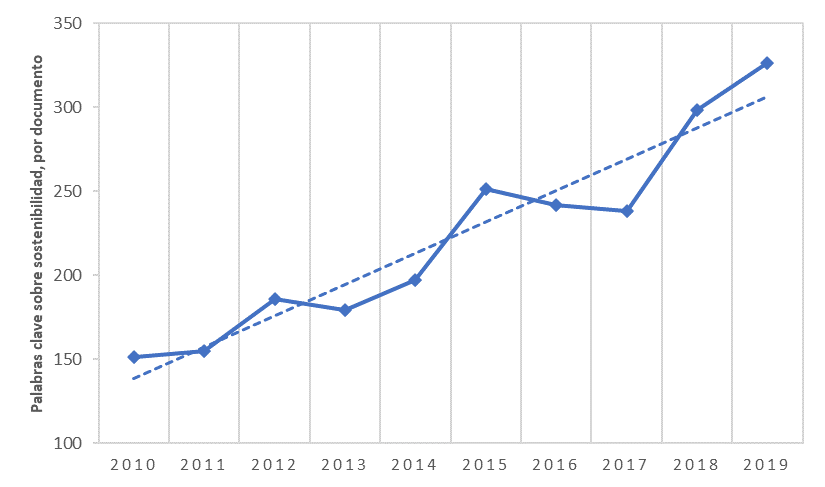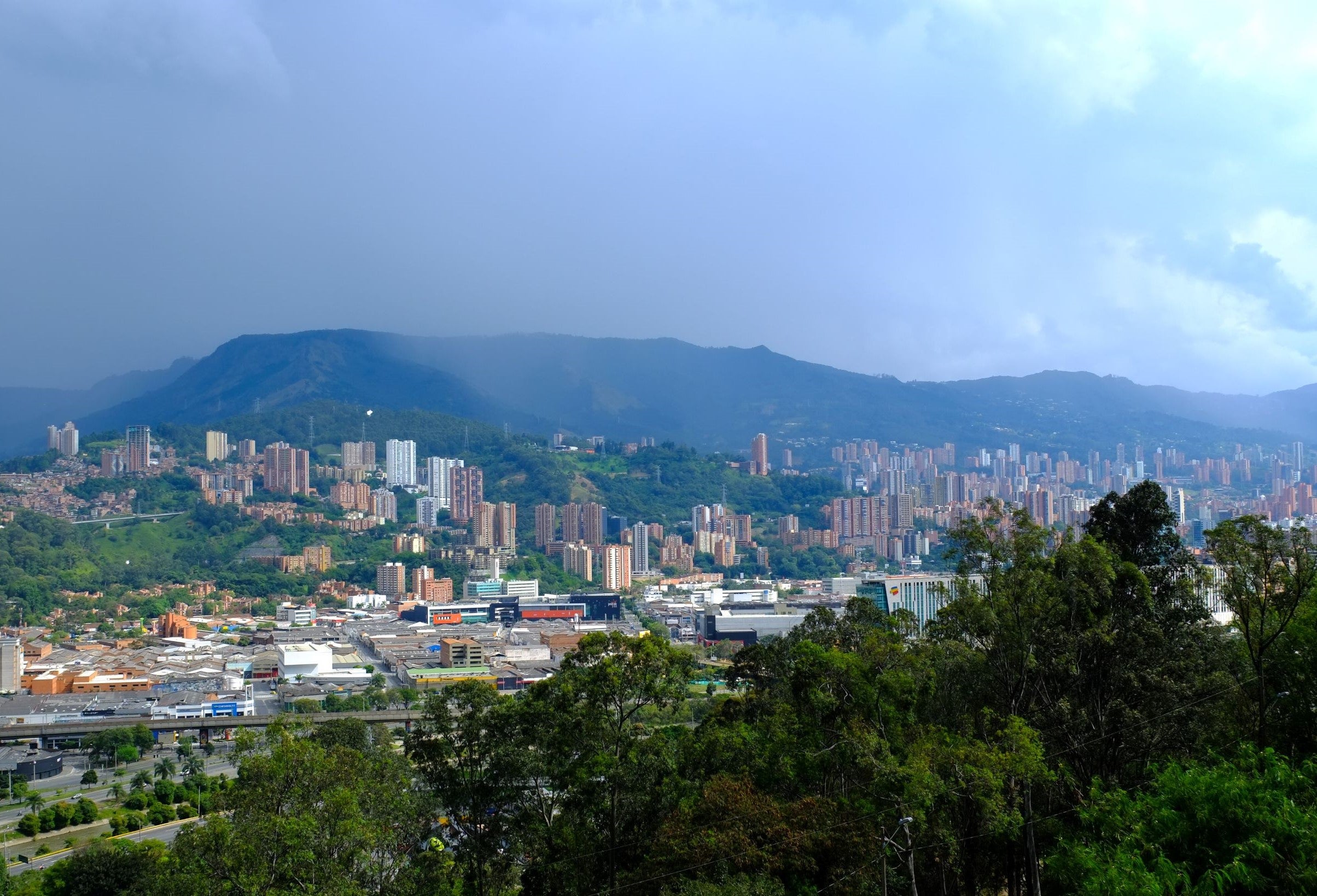When will life return to “normal”? That’s what many ponder as governments battle to protect citizens and put together economic rescue plans. In Latin America and the Caribbean, the situation is grim as countries reel from over 266,000 deaths. The impact on jobs is bleak with estimates suggesting that up to 17 million formal and 23 million informal jobs could be lost and 2.7 million small companies forced to close.
The region cannot wait for the COVID-19 emergency to end before planning the recovery. Nor can it cobble together quick fixes, which ignore structural challenges such as inequality, a lack of quality public services and the climate and ecological crisis, which linger threateningly close by.
The provision of sustainable infrastructure is critical for the recovery
Many countries such as the UK and South Africa are developing economic stimulus packages to aid the recovery, which include infrastructure investments. Infrastructure services are playing a central role in fighting the pandemic and are critical for the recovery. It is no coincidence that countries have adopted fiscal and financial measures to support construction, including Argentina and the Dominican Republic.
Given its economic multiplier effect, including attracting investment and creating jobs, infrastructure spending can be an important part of post-crisis stimulus packages. A recent IDB report says that in the case of LAC for every dollar of investment in infrastructure, GDP increases by approximately 1.5 dollars within 5 years. However, LAC countries, which face hefty fiscal constraints, cannot be as generous with their stimulus packages as richer countries—so picking the right projects will be critical.
While support for a green recovery gains momentum, this approach towards infrastructure is insufficient to secure a sustainable recovery, which should put citizens and nature front and center. We cannot forget the deep problems with infrastructure provision in LAC. The IDB’s latest flagship report From Structures to Services: The Path to Better Infrastructure in LAC shows that while access to services such as water and electricity have increased, quality and affordability are problematic. In a region where those struggling financially spend a larger share of their income on infrastructure services than in other developing regions, green recovery plans alone are not a viable path to build sustainable and inclusive economies.
Instead, we need sustainable recovery plans, which meet the scale of this unprecedented crisis, and address these challenges by setting a clear roadmap for sustainable infrastructure practices.
The IDB’s commitment to sustainable infrastructure is increasing
At the IDB, we are promoting sustainable infrastructure to support a recovery aligned with the SDGs. As stated in our Sustainable Infrastructure Framework, infrastructure should be conceived with four pillars: institutional, social, economic/financial, and environmental sustainability. Failing to consider all four when designing, financing, building, or operating infrastructure assets and services, will likely result in missed opportunities to maximize social and economic returns on invested resources.
As we look ahead, it is important to consider our recent history. We recently undertook an exercise to reflect on the IDB’s work on infrastructure and what future actions should look like. We analyzed the planning documents and contracts of over 170 IDB infrastructure loans over the past decade and searched for key sustainability-related words. We found a positive rise in their use, demonstrating the growing effort by the bank and partner countries to transparency, access, climate, biodiversity, gender and the SDGs through infrastructure. For example, Peru and the Dominican Republic have incorporated elements of the IDB’s sustainable infrastructure framework into their national infrastructure plans.

The graph shows how many times, in average, sustainability keywords (i.e. “biodiversity”, “consultation”, “recycling”, “transparency”, “SDGs”, among others) were mentioned in IDB infrastructure loan documents per year. Infrastructure projects include the energy, transport, and water and sanitation sectors
What kind of infrastructure projects do countries need to drive a sustainable recovery?
Sustainable infrastructure will be key option to drive the recovery. These projects include the expansion of renewable energy, energy and water efficiency, using nature-based solutions to restore habitats and technologies to improve services management. These projects can lead to effective multipliers such as increased investment and co-benefits including greater social inclusion and reduced air and water pollution. A new IDB and ILO study shows that the region could create 15 million net new jobs by 2030 in renewable energy, construction, manufacturing, sustainable agriculture, by backing a just transition towards net-zero emissions.
Infrastructure maintenance can also help generate jobs and avoid major costs down the line. There are opportunities to make the most of public expenditure to invest in making existing infrastructure more resilient to climate change, by combining forces with nature-based solutions such as mangrove restoration, which can help protect infrastructure assets along vulnerable coastlines.
Prioritizing projects which boost the provision of quality basic services such as health, sanitation, and public transport can also speed the recovery and reduce the likelihood that citizens will take to the streets again as we witnessed tragically last year. The pandemic also shows us the importance to preserve the security of supply chains. Investments into more regional connectivity that improves the self-sufficiency of supply chains region is crucial for securing medical supplies and food security.
While the correct preparation of sustainable infrastructure projects might seem more complex or costly when compared to conventional projects, the long-term returns can be far greater and help avoid pilling on bad debt to already wobbly balance sheets. The IDB’s view of sustainability across four key pillars is a useful way to guide projects to ensure stakeholder buy-in, transparency and resilience.
Unleashing the potential of sustainable infrastructure can secure a recovery which addresses the immediate need to protect citizens and rescue economies while laying the groundwork to deliver on the SDGs and achieve net-zero emission and climate resilient economies. This is a once in a lifetime opportunity to do things better. A sustainable, not just green recovery is the path to secure a better future.
Further reading:
What is Sustainable Infrastructure? A Framework to Guide Sustainability Across the Project Cycle
Jobs in a Net-Zero Emissions Future in Latin America and the Caribbean
Capital markets can play a big role in boosting sustainable infrastructure investments
Climate Resilient Public Private Partnerships: A Toolkit for Decision Makers
Photo: Flickr.com – Reg Natarajan
Follow us on Twitter: @BIDCambioClima


Leave a Reply